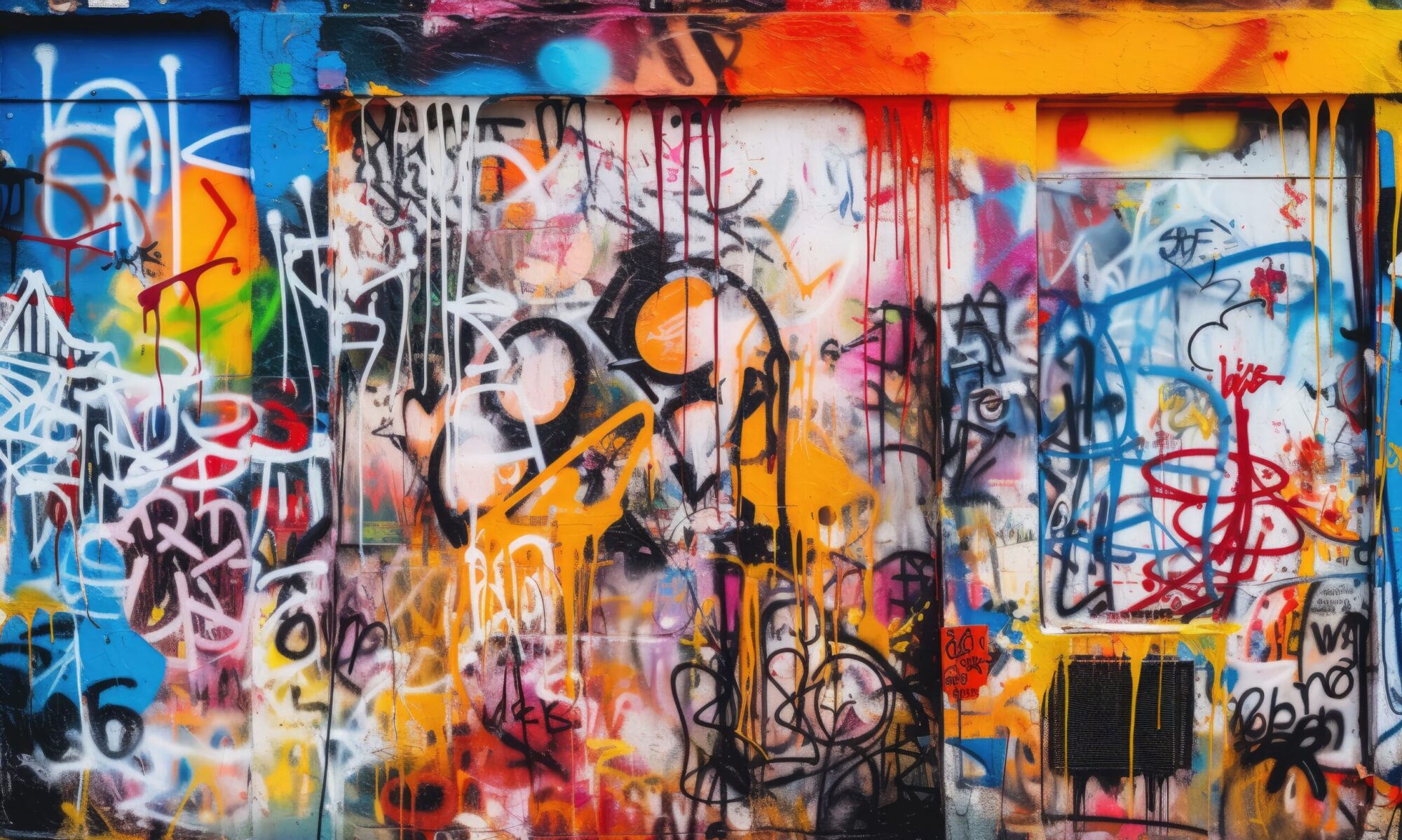We’re excited to share a series of updates on the development of our forthcoming book, Scholarly Communication Librarianship and Open Culture: Law, Economics, and Publishing (ACRL). More specifically, on the third and final unit, “Voices from the Field,” which consists of short practical pieces by practitioners engaged in scholcomm and related work, intended to provoke reflection and discussion. “Voices” is further divided into Perspectives, Intersections, and Case Studies. This is the (3rd and final) update, on the Intersections contributions. Similar posts for Perspectives were shared on 7/20/20, and for Case Studies on 7/29/20.
When we issued the CFP in November, we really had no idea what the response might be. We ended up with more great ideas than we had room for, which was both wonderful and heartbreaking. In the end, we did our best to balance various considerations and selected 26 proposals to move forward. Honestly, all of the proposals were great and deserve development. Now that we’re seeing all those selected wrapping up towards final drafts, we couldn’t be happier with them! It’s so exciting to see all these excellent ideas come together, and to be able to provide a platform for them!
From the CFP:
Intersections invites examples of and reflections on the intersection of scholarly communication with other areas of academic librarianship, obvious or otherwise. Almost all work in academic libraries is arguably and ultimately in service of scholarly communication. While libraries increasingly designate scholarly communications specialists, those specialists often collaborate with colleagues throughout their organizations to provide their expertise in addressing scholarly communication opportunities and challenges. Conversely, any area of library work might turn to a scholarly communications specialist for an informed perspective and expertise.
Examples of Intersections might include exploration of library-press partnerships for sharing nontraditional research, open pedagogy work done as a collaboration between the library and a center for academic support, or a scholarly project that connects with the knowledge, innovations, and practices of indigenous and local communities.
The Intersections selected reflect a broad set of perspectives and reports on how scholarly communication work can or should interface with other areas of academic librarianship, such as undergraduate engagement, public services, tech services, and DEI work. Sarah Moczygemba and Perry Collins enter into a dialogue, exploring the working relationship between copyright expertise and social media activity, and Thea Atwood and Erin Jerome look at building bridges between scholarly communication and data services. Both Emma Molls and Lindsay Cronk, writing from different academic libraries (Minnesota and Rocheser, respectively) talk about the intersections of collection development and scholarly communications, particularly publishing. Annie Johnson has another take on publishing, with her vision of the relationship between university presses and academic libraries, at our present moment and in the past and future. Kristin Landsown argues for another powerful intersection, as she looks at the way that giving voice to underrepresented students through the creation of OER benefits students of color. Anali Perry and Eric Prosser bring us an intersection that steps outside the academy as they discusses partnership with public libraries, while Natalie Hill, Carrie Gits and Colleen Lyon look at an even wider ranging partnership, this one between a community college, a public library and university, with the goal of increasing OER usage in Texas.
Here’s the full list of Intersections:
- Perry Collins and Sarah Moczygemba from the University of Florida: “Amplifying the Message: Partnerships Across Social Media”
- Lindsay Cronk, University of Rochester: “Defining Collection Development as Operational Scholarly Communications in Academic Libraries”
- Natalie Hill (University of New England), Carrie Gits (Austin Community College), and Colleen Lyon (UT Austin): “Librarians Open Up Open Education: A University, Community College, and Public Library Partnership to Increase OER Usage in Texas”
- Kristin Lansdown, UW Madison: “Positioning Voices of Underrepresented Students as Authoritative: Developing Open Educational Resources that Benefit Students of Color”
- Annie Johnson Temple University: “The Relationship Between University Presses and Academic Libraries: Past, Present, and Future”
- Emma Molls, University of Minnesota: “Library Publishing and Collection Development: Eliminating Information Asymmetry”
- Anali Perry and Eric Prosser, Arizona State University: “Putting Community in Scholarly Communications: Partnerships with Public Libraries”
- Erin Jerome and Thea Atwood, UMass Amherst: “Bridging Scholarly Communication and Data Services: Intersections in Openness and Sharing”
Like the forthcoming companion Scholarly Communication Notebook, these intersections demonstrate that scholarly communication is not a gated community of library work. There is a constant exchange of expertise, labor and support across work areas of libraries, campuses and larger communities, in support of access to, dissemination and preservation of the scholarly record. We’re very excited about how these contributions demonstrate the value of building bridges and invite us both to cross them and to build some of our own.
-Maria (on behalf of Maria, Will and Josh)
